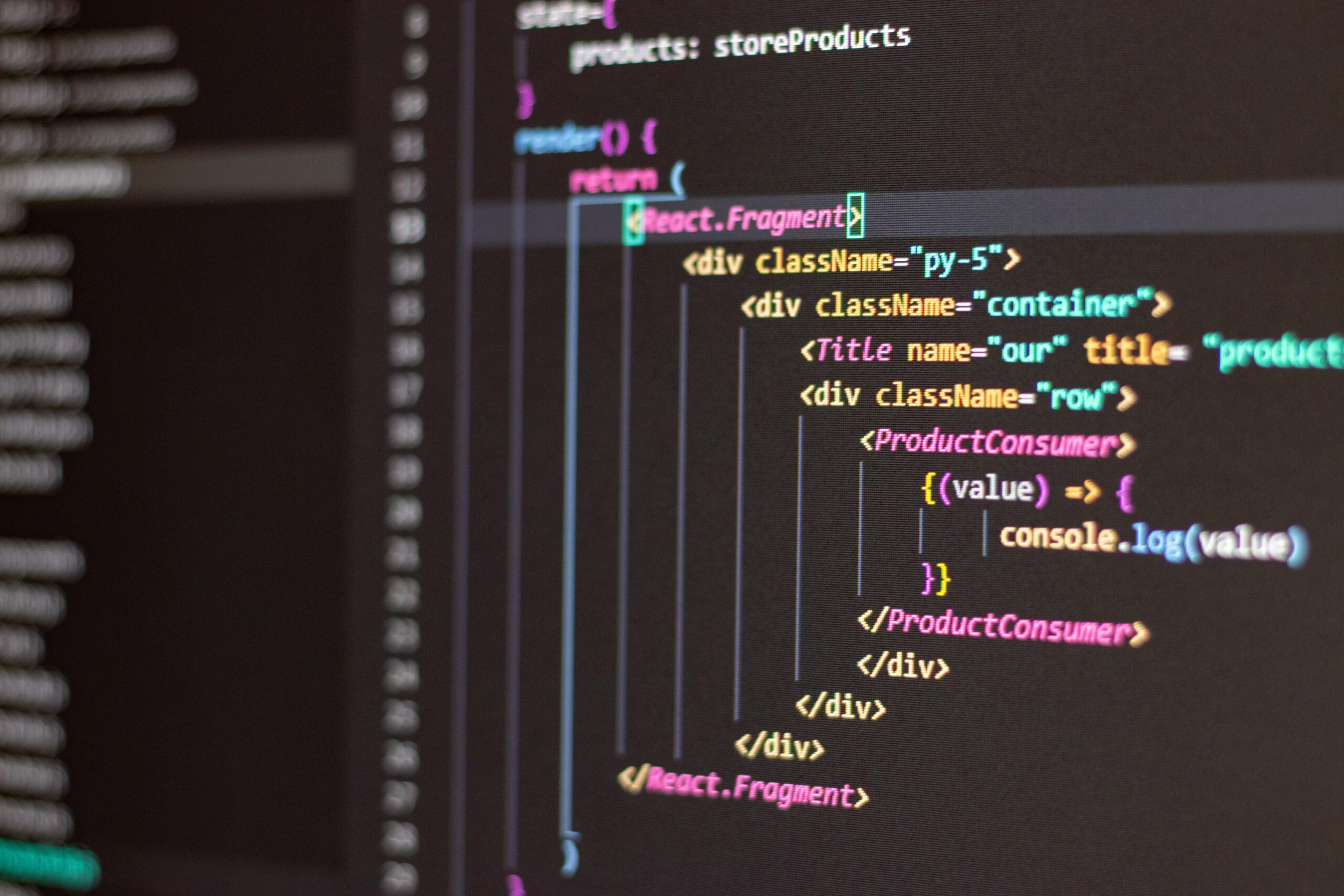Top 5 Programming Languages for Creating Stunning Front-End Websites in 2021
In the ever-evolving world of web development, creating stunning front-end websites has become a crucial task for every business that wants to make a lasting impression on its audience. To achieve this, you need to have a deep understanding of the programming languages that are best suited for the job. In this article, we’ll take a look at the top 5 programming languages that you should consider for creating stunning front-end websites in 2021. From the tried-and-tested languages like HTML, CSS, and JavaScript to the new kids on the block like TypeScript and Dart, we’ll explore the strengths and weaknesses of each one, and how they can help you achieve your web development goals. Whether you are a seasoned web developer or a beginner, this article will provide you with valuable insights on the programming languages that you need to master to create stunning front-end websites in 2021. So, let’s dive in and discover the top 5 programming languages for front-end web development.
Importance of Choosing the Right Programming Language
Choosing the right programming language for front-end web development is crucial. It determines the kind of website you develop, the level of functionality and interactivity you can include in it, and the ease with which you can maintain or scale the website in the future.
Top 5 Programming Languages for Front-End Development in 2021
1. HTML – The Backbone of Front-End Development
HTML (Hypertext Markup Language) is the foundation of every front-end website. It is the language used to create the structure of a webpage, define its content, and provide the necessary information to the browser to render it. HTML is easy to learn, and it is supported by all modern browsers. With HTML, you can create simple and complex webpages, add multimedia elements like images and videos, and structure your content using headings, lists, and tables. HTML is also SEO-friendly, which means that search engines can easily crawl and index your website.
2. CSS – Adding Style to Your Website
CSS (Cascading Style Sheets) is the language used to add style and layout to a webpage. It is used to define the color, font, size, position, and other visual aspects of HTML elements. CSS is a powerful language that allows you to create visually appealing and responsive webpages. With CSS, you can create different styles for different devices, create animations and transitions, and even create complex layouts like grids and flexboxes. CSS is also SEO-friendly, as it allows you to optimize the visual aspects of your website for search engines.
3. JavaScript – Making Your Website Interactive
JavaScript is the language used to make webpages interactive. It is used to add dynamic elements like forms, dropdown menus, pop-ups, and animations to a webpage. JavaScript is a powerful language that allows you to create complex functionalities like drag and drop, real-time updates, and interactive charts. With JavaScript, you can also create single-page applications (SPAs) that provide a seamless user experience. JavaScript is supported by all modern browsers, and it is easy to learn and use. However, JavaScript can also slow down your website if not optimized properly.
4. TypeScript – A Superset of JavaScript
TypeScript is a superset of JavaScript that adds static typing to the language. It is used to create large-scale applications that require strong typing and maintainability. TypeScript is compatible with all JavaScript libraries and frameworks, and it provides a better development experience by catching errors at compile-time instead of runtime. TypeScript also provides better code organization and documentation, making it easier to maintain and scale your application. However, TypeScript has a steeper learning curve than JavaScript, and it requires a compiler to convert TypeScript code to JavaScript.
5. React – A Popular Front-End Development Framework
React is a popular front-end development framework that is used to create fast and responsive user interfaces. It is based on JavaScript and is maintained by Facebook. React allows you to create reusable UI components that can be used across different pages and applications. It uses a virtual DOM, which makes it faster than traditional DOM manipulation. React also has a large community and a rich ecosystem of libraries and tools, making it easier to develop and maintain complex applications. However, React has a steeper learning curve than other front-end frameworks, and it requires a build process to convert React code to JavaScript.
Choosing the Right Programming Language for Your Project
Choosing the right programming language for your front-end web development project depends on several factors, including the complexity of the project, the level of interactivity required, and the scalability of the project. For simple webpages, HTML and CSS might be sufficient. For more complex webpages, JavaScript might be necessary. For large-scale applications, TypeScript or React might be the best options. It is also important to consider the experience and expertise of your development team and the availability of resources and tools for the programming language you choose.
Conclusion
In conclusion, choosing the right programming language for front-end web development is crucial for creating stunning and responsive websites that can make a lasting impression on your audience. HTML, CSS, and JavaScript are the fundamental languages that every front-end developer should master. TypeScript and React are the emerging languages that can provide better scalability and maintainability for large-scale applications. By choosing the right programming language for your project, you can create websites that are fast, responsive, and easy to maintain.

